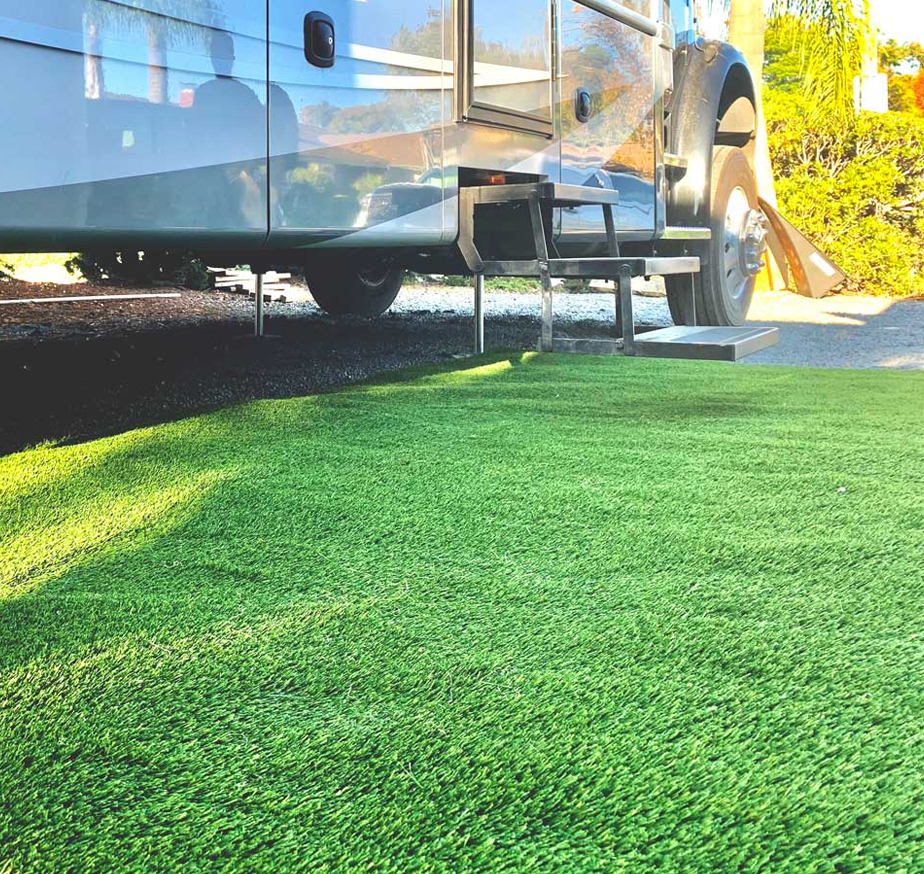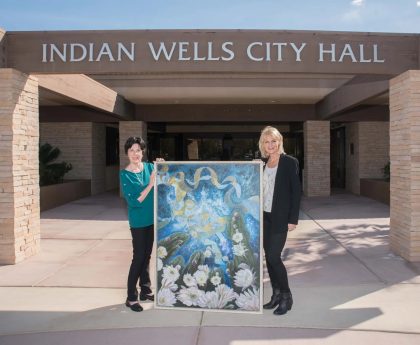Are you tired of spending hours maintaining your lawn? Do you want a green, lush space without the hassle? Enter the turf mat – the ultimate solution for modern landscaping. Turf mats are increasingly popular due to their low maintenance and year-round appeal. Let’s dive into what turf mats are and why they might be perfect for your next project.
Types of Turf Mats
Natural Turf Mats
Natural turf mats are composed of real grass, providing the authentic look and feel of a traditional lawn. They require regular watering, mowing, and fertilizing, but they offer unmatched natural aesthetics.
Synthetic Turf Mats
Synthetic turf mats, on the other hand, are made from artificial materials designed to mimic the appearance of real grass. These mats are incredibly durable, low-maintenance, and ideal for various applications from residential lawns to commercial spaces.
Benefits of Using Turf Mats
Low Maintenance
One of the main advantages of turf mats is the minimal upkeep they require. Unlike natural grass, synthetic turf doesn’t need watering, mowing, or fertilizing. This saves both time and resources, making it an eco-friendly option.
Aesthetic Appeal
Turf mats provide a consistently green and manicured look regardless of weather conditions. Whether it’s a scorching summer or a harsh winter, your lawn remains vibrant and lush, enhancing your property’s curb appeal.
Durability
Turf mats are designed to withstand heavy foot traffic, making them perfect for high-use areas like sports fields and commercial properties. They are resistant to wear and tear, ensuring they look good for years.
Installation Process
Preparing the Ground
Before laying down your turf mat, proper ground preparation is crucial. This involves removing existing grass and debris, leveling the surface, and installing a good drainage system.
Laying the Turf Mat
Roll out the turf mat carefully, ensuring it aligns correctly with your space. Trim any excess material for a perfect fit.
Securing the Edges
To prevent the turf mat from shifting, secure the edges with stakes or adhesive. This step is essential for maintaining a neat and stable installation.
Maintenance Tips
Regular Cleaning
Keep your turf mat looking its best by regularly removing debris and rinsing it with water to prevent dirt buildup.
Brushing and Grooming
Use a broom or brush to keep the grass blades upright and maintain a natural appearance.
Weed Control
Although synthetic turf mats are less prone to weeds, occasional weed growth can occur. Use a weed barrier and spot-treat any unwanted plants.
Applications of Turf Mats
Residential Use
Transform your backyard into a low-maintenance paradise. Turf mats are perfect for gardens, play areas, and pet zones.
Commercial Use
Businesses can benefit from turf mats by enhancing the appearance of outdoor spaces with minimal maintenance. They’re ideal for office landscapes, shopping centers, and hotels.
Sports Fields
Synthetic turf mats are widely used in sports fields due to their durability and low upkeep. They provide a consistent playing surface year-round.
Choosing the Right Turf Mat
Factors to Consider
When selecting a turf mat, consider factors like the intended use, climate, and personal preferences. Research different materials and pile heights to find the best fit.
Cost Analysis
Evaluate the initial investment against long-term savings in maintenance and water costs. While synthetic turf may have a higher upfront cost, the long-term benefits often outweigh it.
Quality and Brand Reputation
Opt for reputable brands known for their quality products and customer service. Read reviews and ask for recommendations to make an informed decision.
Environmental Impact
Eco-Friendly Options
Many synthetic turf mats are made from recycled materials, contributing to sustainability efforts. Choose products with eco-friendly certifications to minimize your environmental footprint.
Water Conservation
By eliminating the need for watering, turf mats significantly reduce water consumption, a critical factor in regions facing water scarcity.
Common Myths About Turf Mats
Myth: Turf Mats Look Fake
Modern synthetic turf mats are designed to mimic the look and feel of real grass closely. Advances in technology have made them more realistic than ever.
Myth: Turf Mats Are Harmful to the Environment
While some concerns exist, many turf mats are made from environmentally friendly materials and can help conserve water and reduce the use of pesticides and fertilizers.
Case Studies and Real-Life Examples
Residential Transformation
Consider Jane’s backyard transformation. With synthetic turf, her family now enjoys a green space without the weekly chore of mowing.
Commercial Projects
Many businesses, like office complexes and shopping centers, have adopted turf mats to create inviting outdoor spaces that require minimal maintenance.
Sports Fields Success Stories
Professional sports teams are increasingly using synthetic turf due to its durability and consistent performance. It’s a game-changer for year-round playability.
Innovations in Turf Mat Technology
Advances in Materials
New materials and manufacturing techniques have improved the realism and durability of synthetic turf mats.
Improved Installation Techniques
Innovative installation methods have made it easier and quicker to lay turf mats, reducing labor costs and installation time.
DIY vs. Professional Installation
Pros and Cons of DIY
DIY installation can save money but requires time and effort. Ensure you have the right tools and knowledge before starting.
When to Hire a Professional
For large or complex projects, hiring a professional ensures a high-quality installation that will last for years.
Cost Considerations
Initial Investment
While synthetic turf mats may have a higher initial cost than natural grass, the long-term savings in maintenance and water bills can be substantial.
Long-Term Savings
Consider the reduced costs of lawn care equipment, water, and fertilizers. Over time, these savings can add up significantly.
Conclusion





